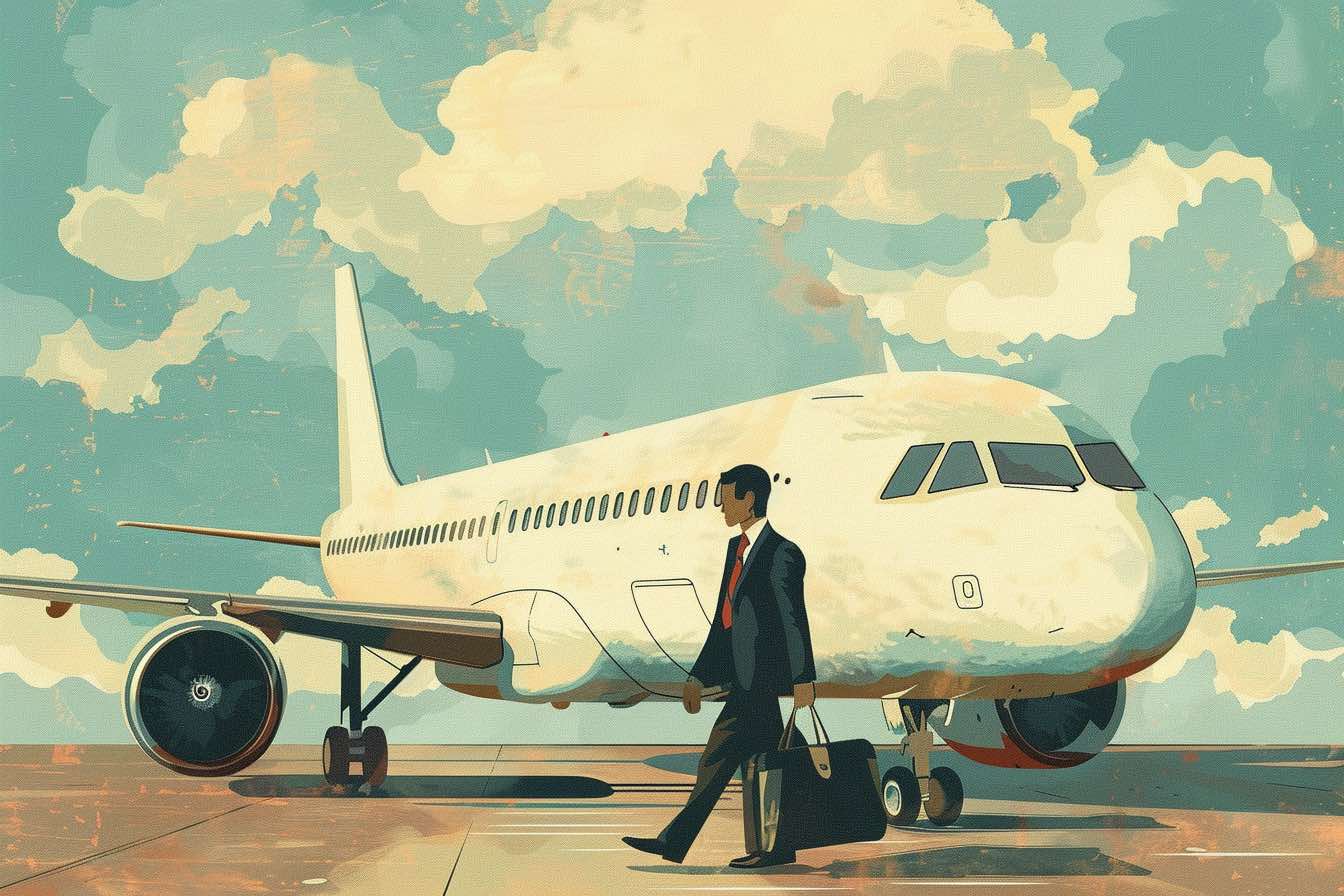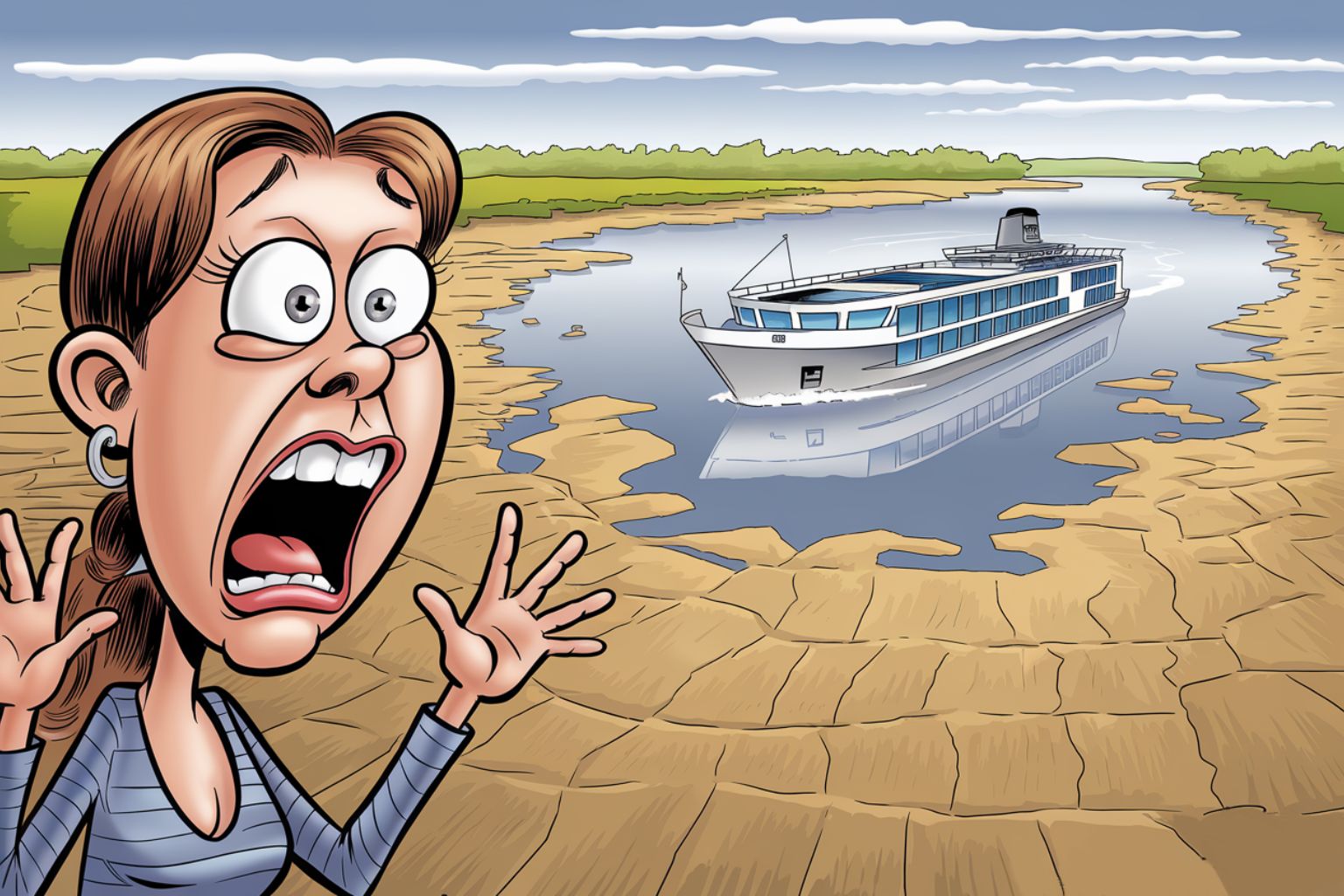It’s time for a dress code for airline passengers. I’m not kidding.
No, not the minimum standards that airlines bury deep within their ticket contracts, which say you can’t board with bare feet or “patently offensive” clothing. An effective dress code — or at least a dress recommendation — would set standards for appropriate in-flight attire.
And surprisingly, many passengers would welcome it.
“I believe that the airlines should implement a basic dress code,” says Jane Angelich, a frequent air traveler and executive coach from Palm Beach, Fla. “Air travelers would contribute to an overall pleasant and positive travel experience for themselves, the crew and their fellow passengers.”
Here’s the immediate appeal of a dress code: There’s been a sharp decline of manners on board. The number of unruly passenger incidents shot up by 47% in 2022, according to a new report by the International Air Transport Association. The organization reported one unruly incident for every 568 flights last year, up from one per 835 flights in 2021.
Passengers and some psychologists believe that if people dress up before their flight, they might be more respectful — and less likely to lash out.
“When people dress better, they tend to behave better,” says Thomas Plante, a psychology professor at Santa Clara University. “A dress code might help.”
It’s easier said than done. That’s because it’s surprisingly difficult to agree on what is — and isn’t — appropriate. But it’s an easier decision for an individual, because dressing up even a little for your flight can benefit you in several ways. So even if your airline doesn’t adopt a dress code, maybe you should consider it.
What are the airline dress codes?
Airlines expressly forbid certain types of clothes — or lack of clothes — in their ticket contract.
- American Airlines has a section in its conditions of carriage that require passengers to “behave appropriately and respectfully” and “dress appropriately,” by which it means no bare feet or offensive clothing.
- Delta Air Lines’ contract of carriage says it won’t transport passengers whose “conduct, attire, hygiene or odor” creates an unreasonable risk of offense or annoyance to other passengers. Also, no bare feet.
- Southwest Airlines’ passenger contract doesn’t allow anyone on the plane who wears clothes that are “lewd, obscene, or patently offensive.” Bare feet are also not allowed unless you’re under five years old or have a disability.
- United Airlines. No surprises in its contract of carriage: Passengers can be removed if they are “barefoot, not properly clothed, or whose clothing is lewd, obscene or offensive.”
You get the idea. But these rules just deter the thoughtless passengers who try to board a flight in a Speedo or T-shirts with offensive slogans. And even then, it doesn’t catch them all.
What are the benefits of an airline dress code?
There are at least two reasons to adopt a more formal dress code. First, people who dress up don’t act up. At least that’s the assessment of Ken Schulte, an airline pilot.
“Well-dressed people never cause drama on a flight,” says Schulte, who runs an aviation merchandise site. “You might not think pilots would notice all this but every incident of bad behavior leads to a report to the flight deck. The troublemakers are the ones who look like they just rolled out of bed.” (Related: What to do when your airline offends you.)
Although there’s no proven link between dressing up and socially acceptable behavior on a plane, there is some compelling research linking behavior and attire.
Second, and maybe more important to you, is that well-dressed passengers get treated better. (Related: Will new airline consumer protection rules help you when you fly this summer?)
Sharon-Frances Moore, a business etiquette expert, has seen it countless times. The better-dressed, polite passengers get more upgrades, freebies, latitude and respect from the cabin crew. The others? They end up in my stories.
“Wearing a jacket and tie will get you a different result than flying in your pajamas,” she says. (Related: A reader was shocked to discover a confirmation code reading “H8GAYS” on his Delta Air Lines boarding pass.)
What kind of dress code do we need when we fly?
Maybe we need to do more than ban inappropriate clothing. Maybe we need to define appropriate.
Many passengers remember a day before airline deregulation when passengers voluntarily dressed up to fly. They wore their Sunday best — coats and ties for the men, dresses for the women.
“When I started flying, I always wore a suit,” remembers David Kazarian, a retired pharmacist from Tampa. “I still do.”
Most air travelers would settle for a business-casual dress code.
“In my perfect world, passengers would wear lovely, lightweight, loose-fitting, long-sleeved and long pants outfits,” says Jodi RR Smith, an etiquette consultant from Marblehead, Mass. “And there would not be any inappropriately exposed body parts or offensive slogans on T-shirts and caps.”
Etiquette expert Lisa Mirza Grotts says the unwritten dress code for passengers in business class might be worth following.
“Men typically wear suits in business class, since they will most likely be traveling with only a carry-on. Women in business class usually wear a suit or overcoat,” she says.
Could we ever agree on a dress code?
Coming up with a dress code for airline passengers would be difficult, but not impossible.
Many other businesses impose dress requirements on their customers. Some fine dining restaurants require jackets and collared shirts for men and dressy attire for women. Many casinos and nightclubs do, too. Country clubs have some of the strictest dress codes. And in the travel industry, some luxury hotels require elegant resort wear in public areas.
What, exactly, would an airline dress recommendation look like? That is for the airlines to decide. But maybe we could start with something basic, like a light version of business casual. Long pants, collared shirts, dresses. Please, no bare feet or T-shirts with offensive logos. Dress modestly and respectfully. Remember, you’re in a public place.
“I think a basic dress code could bring value to the air travel experience,” says Neil Chase, a frequent air traveler and filmmaker in Denver. “It isn’t about stifling individuality, but fostering respect and comfort for all.”
What airlines should say about appropriate attire
Today, except for the narrow dress codes outlined in their contracts, airlines don’t tell passengers what to wear. They do, however, offer some guidance for employees who are traveling off-duty.
For example, Southwest Airlines advises passengers using a nonrevenue guest pass to “dress to impress.” It adds, “While Southwest’s dress code is relaxed and casual, you will be expected to present a clean, well-groomed, and tasteful appearance.”
It might be asking too much for us to go back to the days when everyone dressed up to fly, but people like Grotts and airlines like Southwest make a valid point.
What if we could eliminate many unruly passenger incidents by simply suggesting that passengers spiff up a little before they leave for the airport?
The Federal Aviation Administration’s punitive “zero tolerance” policy toward unruly passengers isn’t bringing the number of in-flight incidents back to their pre-pandemic levels. But maybe a dress code will.
Do you support a dress code on planes?
I’d love to get your thoughts on the issue. The comments are open.




